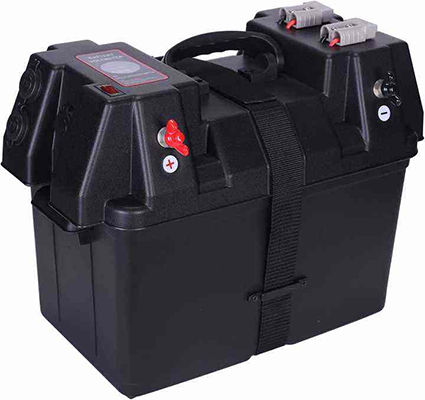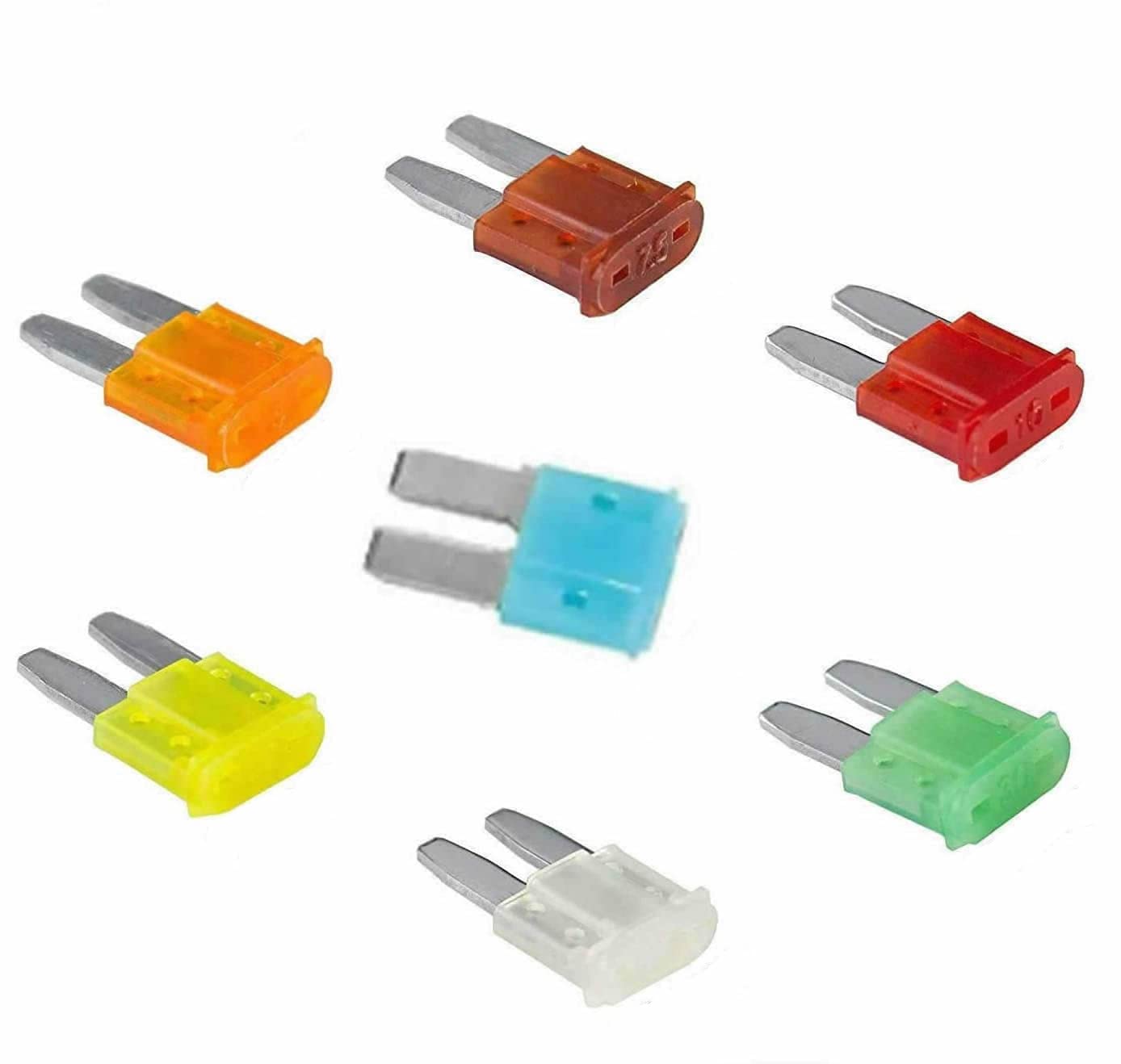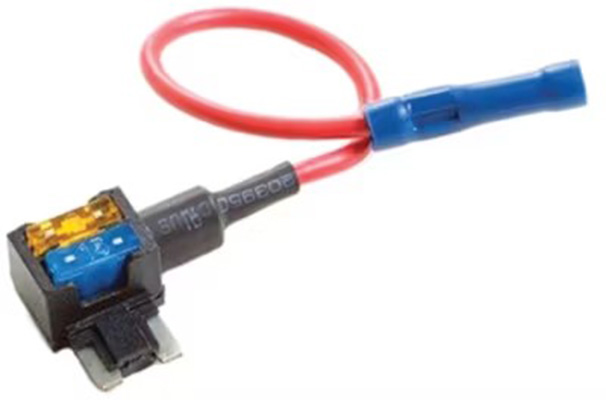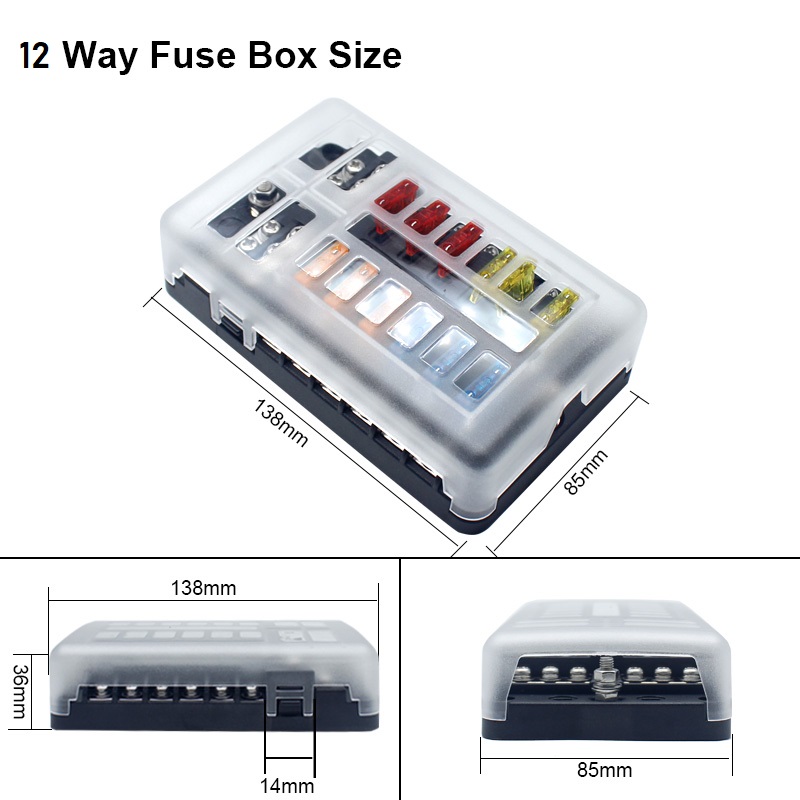Essential Steps and Considerations for AGM Battery Compatibility in Automotive Applications
News 2025-10-20
AGM batteries, or Absorbent Glass Mat batteries, are increasingly popular in modern vehicles due to their superior performance and reliability. These batteries use a fiberglass mat to hold the electrolyte, offering advantages like higher vibration resistance and faster charging times. Ensuring that your car’s battery box is compatible with an AGM battery is crucial to avoid issues such as improper fit, electrical faults, or reduced battery life. This guide provides a clear, step-by-step approach to checking compatibility, focusing on key factors that enhance safety and efficiency in automotive settings. By following these recommendations, vehicle owners and technicians can leverage the benefits of AGM batteries in scenarios like stop-start systems and hybrid vehicles, where deep cycling and high discharge rates are common.

Key Features and Advantages of AGM Batteries
AGM batteries excel in applications requiring robust performance under demanding conditions. Their sealed design minimizes acid spills and gas emissions, making them ideal for use in enclosed spaces like car engine compartments. Performance-wise, AGM batteries deliver better cycle life and can handle higher charge and discharge rates compared to traditional flooded batteries. This translates to longer service intervals and reduced maintenance, which is particularly beneficial in urban driving environments with frequent stops and starts. Additionally, their low internal resistance supports quick energy delivery, enhancing the reliability of electrical systems in vehicles equipped with advanced features like infotainment and safety systems.
Practical Steps to Verify Battery Box Compatibility
To ensure a proper fit, begin by examining the physical dimensions of the battery box and comparing them to AGM battery specifications. Measure the length, width, height, and terminal positions to confirm they align with standard AGM sizes. Next, assess the box’s ventilation and mounting features; AGM batteries require good airflow to dissipate heat and secure fittings to handle vibrations. Electrical compatibility is also key—check the voltage rating and ensure the box supports the battery’s charge profile. Finally, consult the vehicle manual or manufacturer guidelines for specific recommendations, as some models may have unique requirements that affect AGM integration.
Frequently Asked Questions
1、What makes AGM batteries suitable for modern cars?
AGM batteries are designed for high-performance needs, offering better resistance to vibration and faster recharge, ideal for vehicles with advanced electronics.
2、Can I use an AGM battery in an older car model?
It depends on the battery box design; older models may need modifications for proper fit and ventilation to avoid safety issues.
3、How do I know if my battery box is damaged?
Look for cracks, corrosion, or poor sealing; these can compromise compatibility and should be addressed before installing a new AGM battery.


